2 min read
How Far-UVC Helps Reducing Surface Contamination in Healthcare Settings
Emilie Hage Mogensen
:
18 Oct, 2024
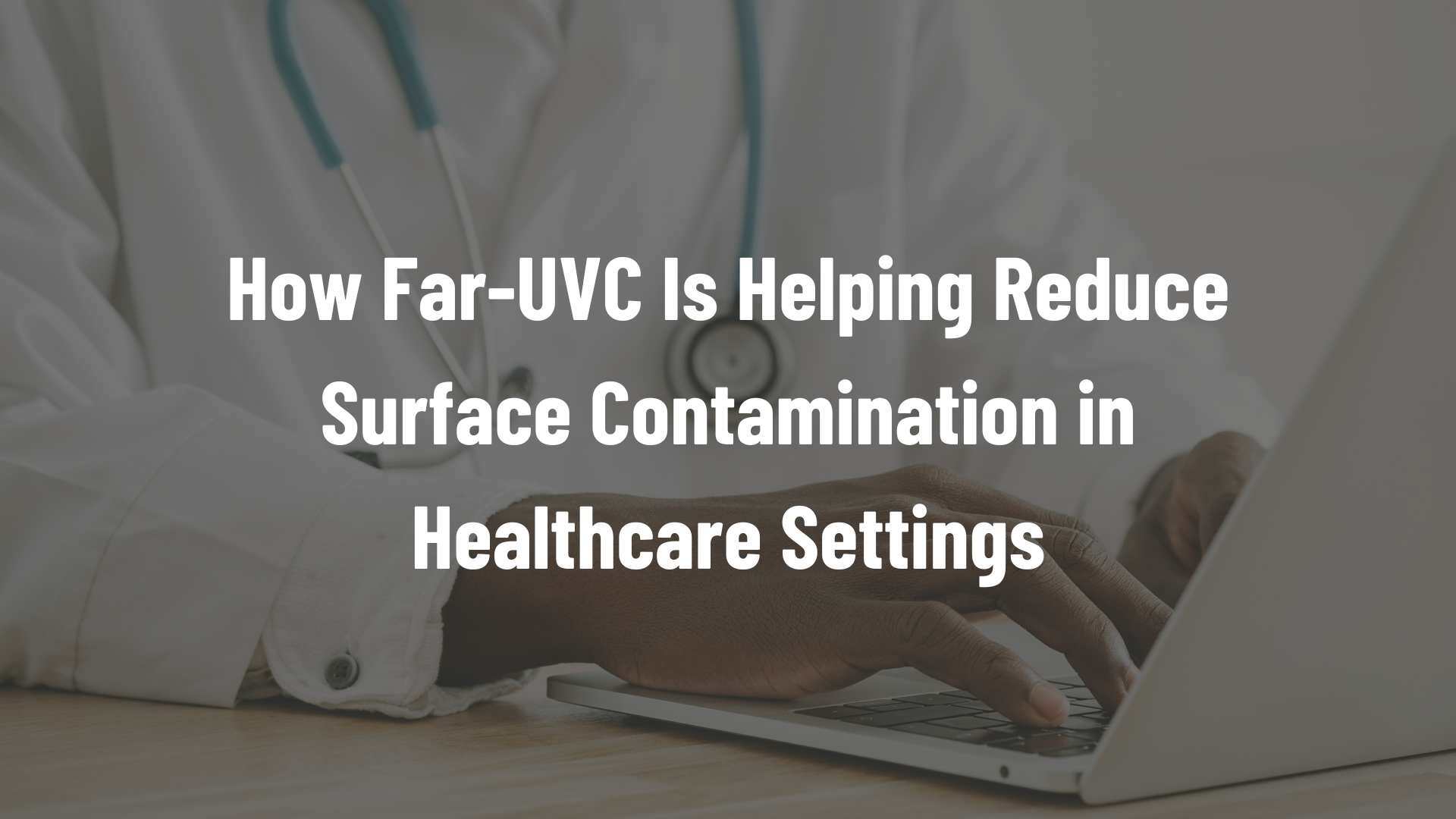
High-touch surfaces in healthcare environments pose significant challenges in maintaining stringent hygiene standards. With the rise of healthcare-acquired infections (HAIs), hospitals and clinics are continuously exploring new technologies to enhance their decontamination protocols. One such solution gaining attention is Far-UVC, known for its ability to safely and effectively reduce surface contamination.
Recent findings from the study "Filtered Handheld Far-Ultraviolet Disinfection Device in Reducing Environmental Pathogens from High-Touch Clinical Surfaces" highlight the growing role of Far-UVC as an effective solution for reducing pathogens in hospital environments.
Reducing Pathogens in High-Risk Areas
The study evaluated five high-touch surfaces: a dictation device, a computer mouse, an armchair, a desk, and a keyboard. These surfaces are frequently touched by healthcare workers and are, therefore, prone to contamination. Despite manual cleaning efforts, pathogens and multidrug-resistant organisms (MDROs) can persist, increasing the risk of disease spread within the hospital.
By using a handheld Far-UVC device, researchers achieved significant reductions in bacteria, with the highest percentage reduction observed on the computer mouse. The results are shown in the figure below, with the dark blue bars representing the bacterial load before Far-UVC treatment, and the light blue bars showing the bacterial load after Far-UVC irradiation. The findings demonstrate that Far-UVC effectively reduces the bacterial load across various surfaces in a hospital environment.

Real-World Application in Hospitals
Unlike benchtop studies conducted in laboratory settings, this study was carried out in a real-world hospital environment, providing valuable insights into the practical application of Far-UVC technology. Samples were collected from hematologic malignancy and stem cell transplant units—areas that house immunocompromised patients who are at a higher risk of infections. In such high-risk environments, reducing bacterial contamination is critical to ensuring patient safety.
The results demonstrate that integrating Far-UVC into hospital protocols can be a valuable tool for decontamination, effectively reducing the load of harmful pathogens on high-touch surfaces and thereby lowering the risk of pathogen transmission.
Safe and Effective for Healthcare Settings
One of the standout features of Far-UVC technology is its safety profile. Unlike traditional UVC light, which can be harmful to human skin and eyes, Far-UVC operates at a wavelength of 222 nm, which can be applied in occupied spaces.
Many Healthcare facilities already use Far-UVC devices to protect their patients and staff. See below some examples:
.jpg?width=1170&height=1215&name=Untitled%20(1170%20x%201215%20px).jpg)
Air Force Specialized Hospital - Egypt
UV222 Downlight installed in ICU room for liver transplant patients
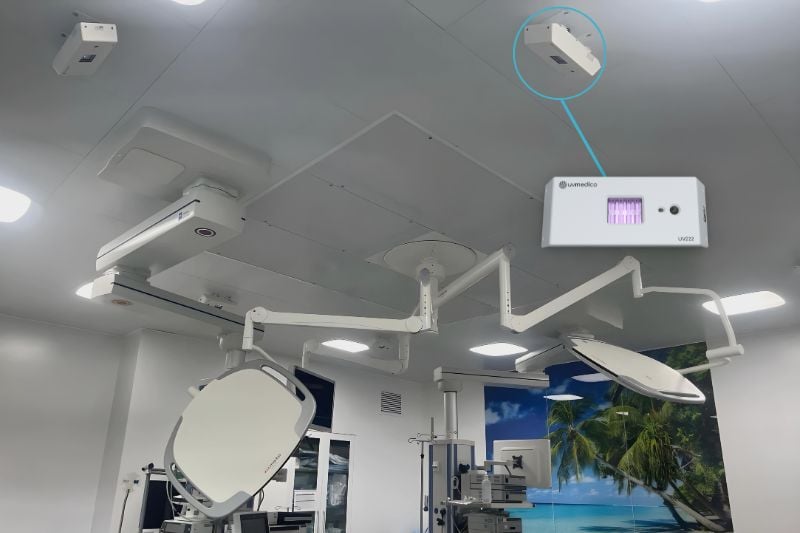
King Hamad American Mission Hospital - Bahrain
Our UV222 Standard Lamp, now installed at King Hamad American Mission Hospital, offers a robust solution for infection control in healthcare settings
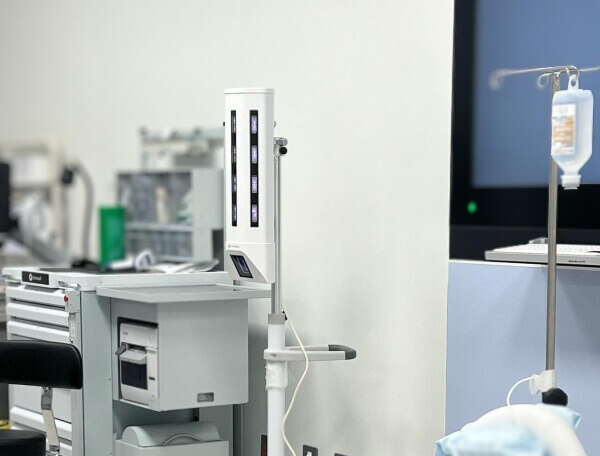
Military Medical City Hospital - Qatar
The Vertex 222 was installed to address both airborne and surface-based microbial contaminants. Its unique capability to operate in the presence of humans sets a new standard for continuous disinfection protocols, ensuring patient and staff safety with uninterrupted operation.
While handheld Far-UVC devices show promise in targeted disinfection, mounted Far-UVC systems offer distinct advantages, especially in healthcare settings. Ceiling-mounted Far-UVC lamps provide continuous, automated coverage across larger areas, ensuring that surfaces and the air are consistently decontaminated without manual intervention. This reduces the need for staff to handle portable devices and minimizes the risk of missing critical areas, especially in high-traffic environments. Additionally, mounted systems can be programmed to operate efficiently without disrupting daily activities, offering round-the-clock protection.
Looking Ahead: The Future of Far-UVC in Healthcare
As hospitals continue to seek out new ways to increase hygiene levels and combat infections, Far-UVC technology offers a promising solution. While more research is needed to explore its full potential on infection incidences, this study demonstrates that Far-UVC devices can significantly reduce bacterial contamination on high-touch surfaces.
 UV222™
UV222™ UV222 Linear
UV222 Linear UV222 Downlight
UV222 Downlight Vertex 222
Vertex 222.png) UV222 Pendant
UV222 Pendant.png) UV222 Booth
UV222 Booth.png) UV222 Step-On
UV222 Step-On.png) UV222 Cleanroom Downlight
UV222 Cleanroom Downlight UV222 Dual Downlight 60x60
UV222 Dual Downlight 60x60 UV222 Material Airlock
UV222 Material Airlock UV222 Ambulance
UV222 Ambulance UV222 Compact
UV222 Compact UV222 Industrial
UV222 Industrial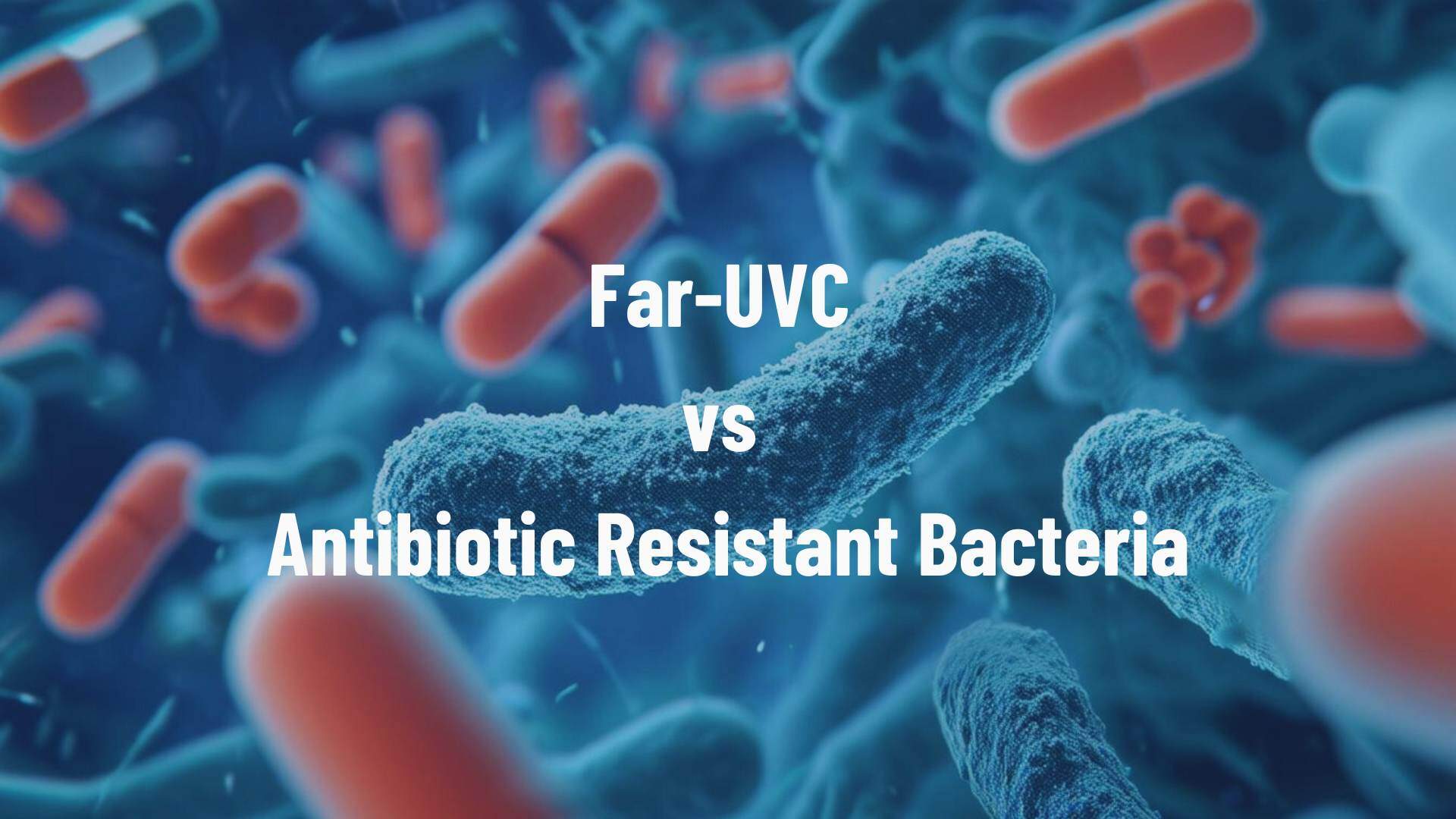
.jpg)
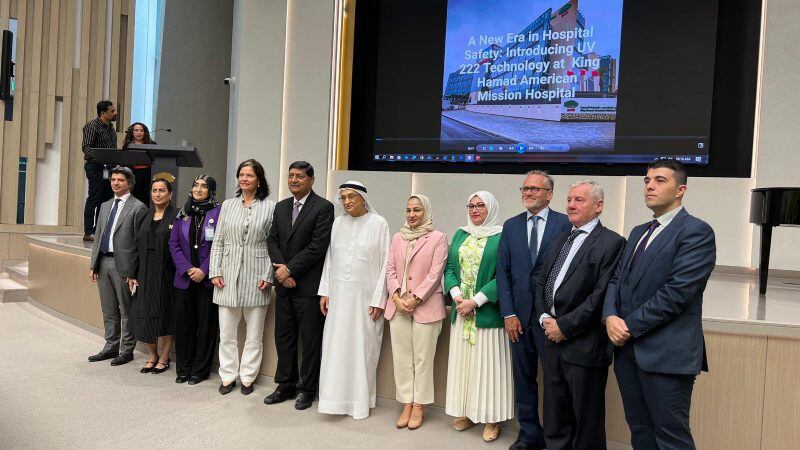
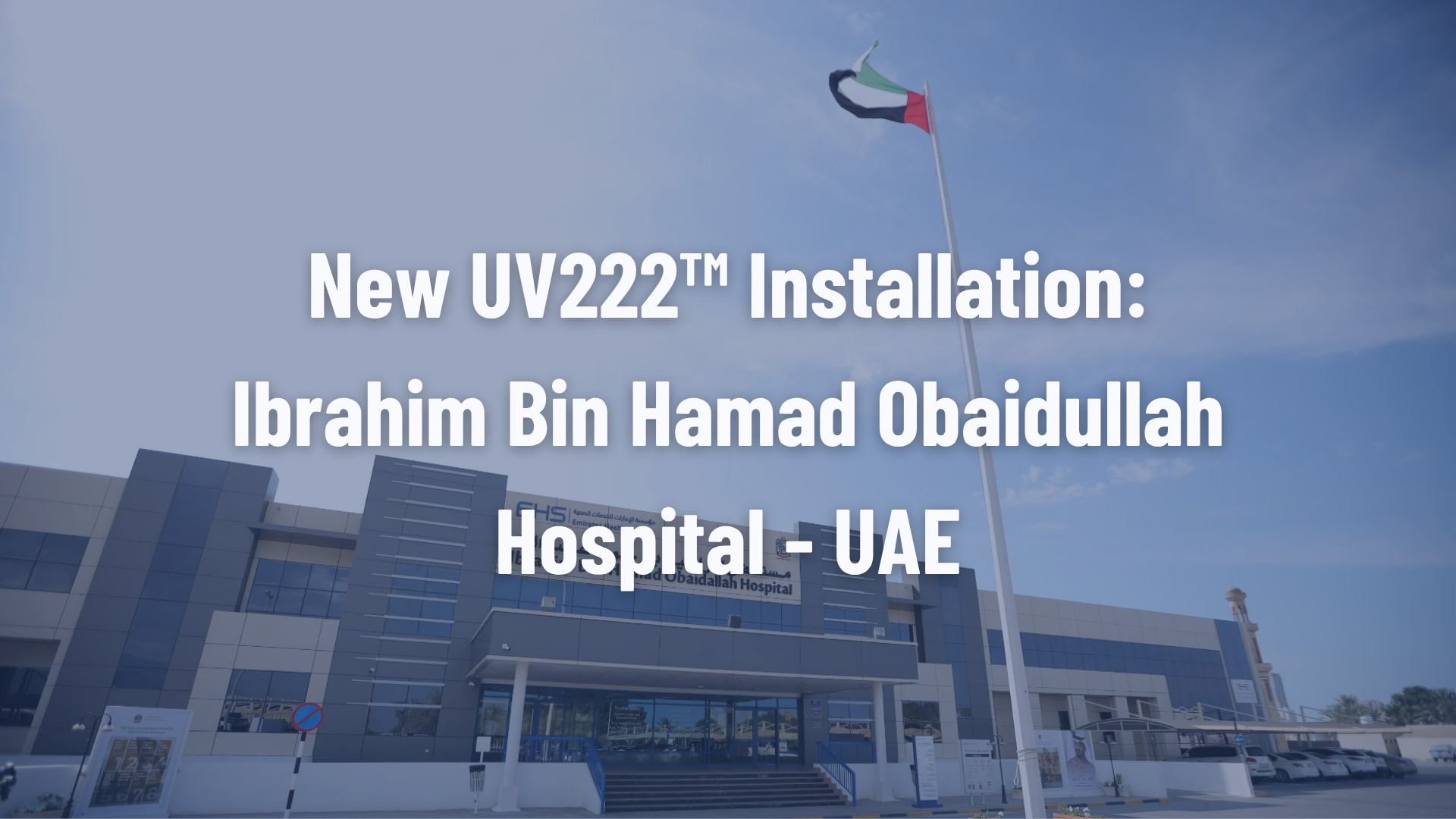
.jpg)
.jpg)
.jpg)
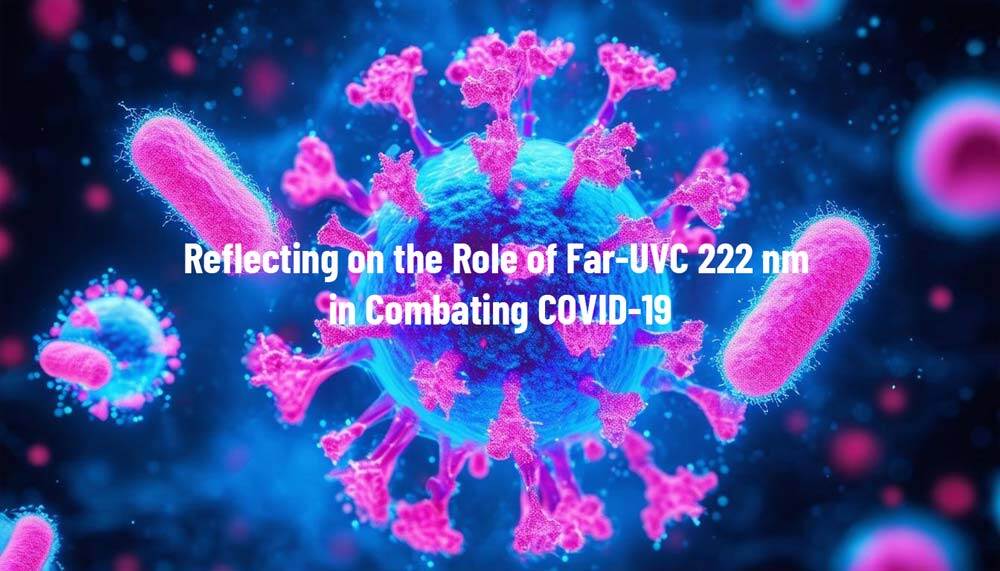

.jpg)